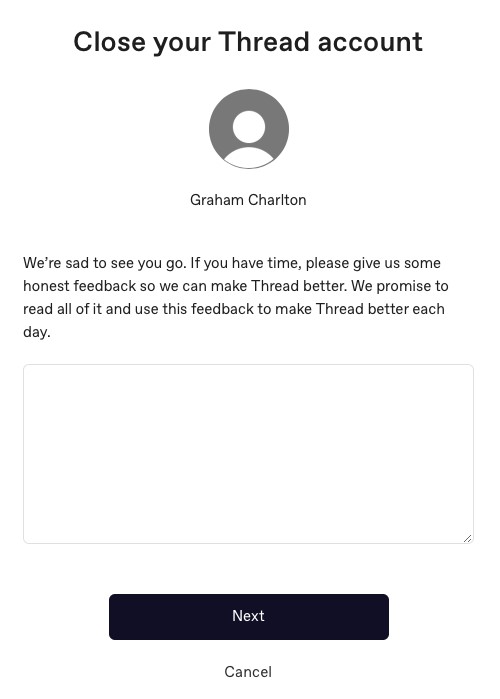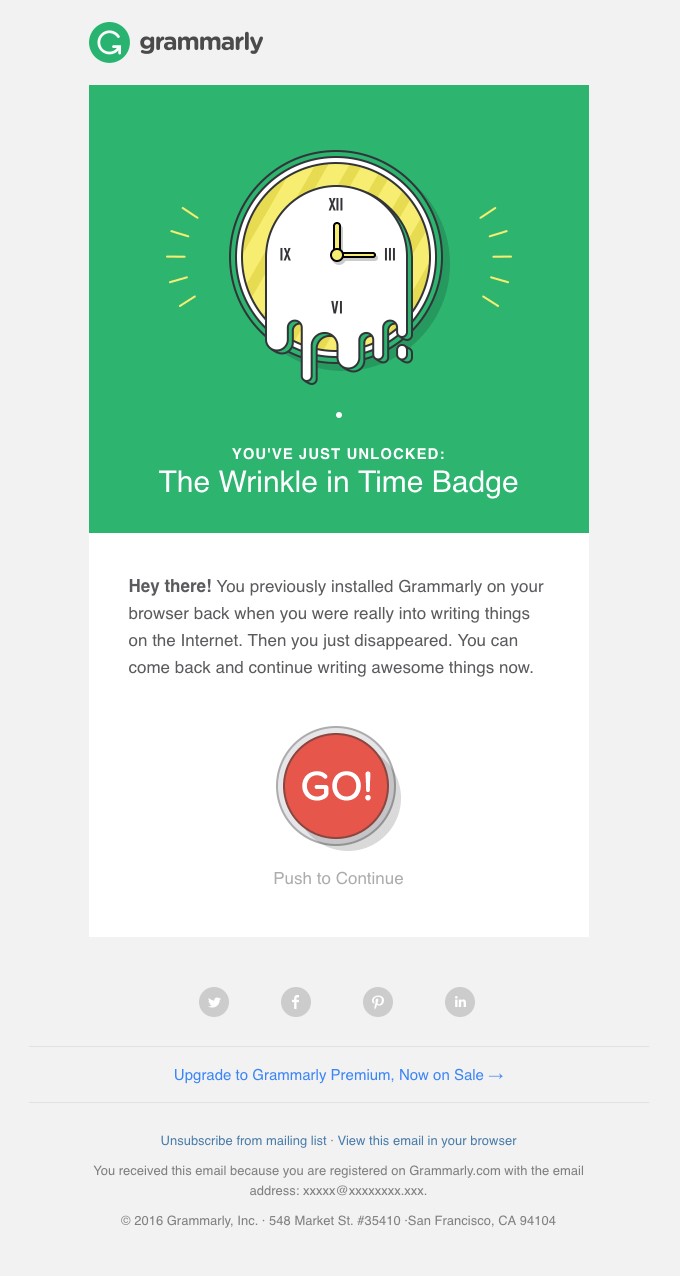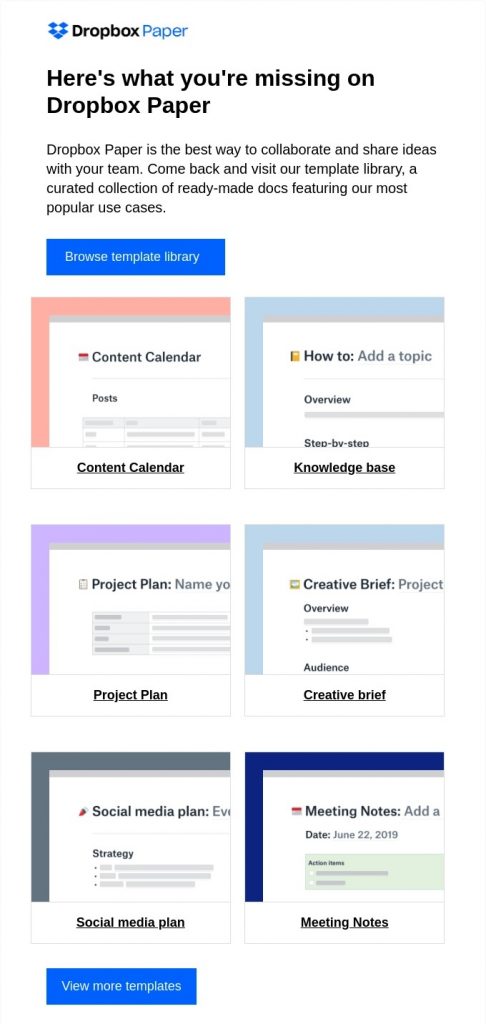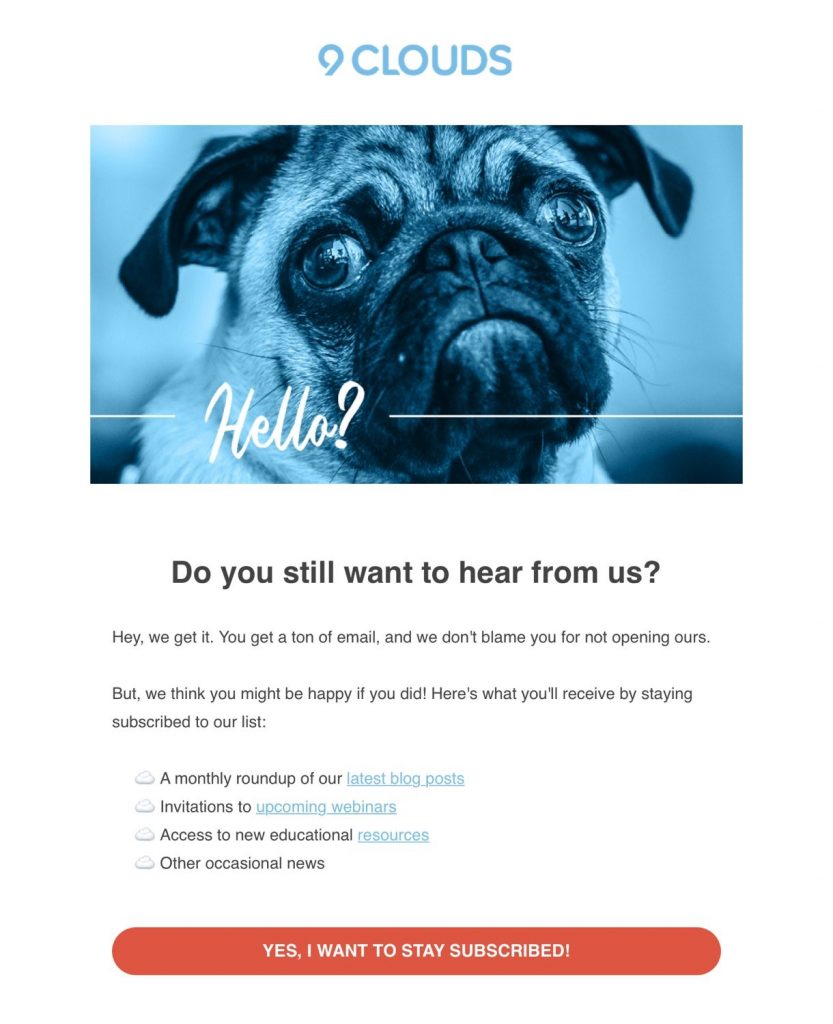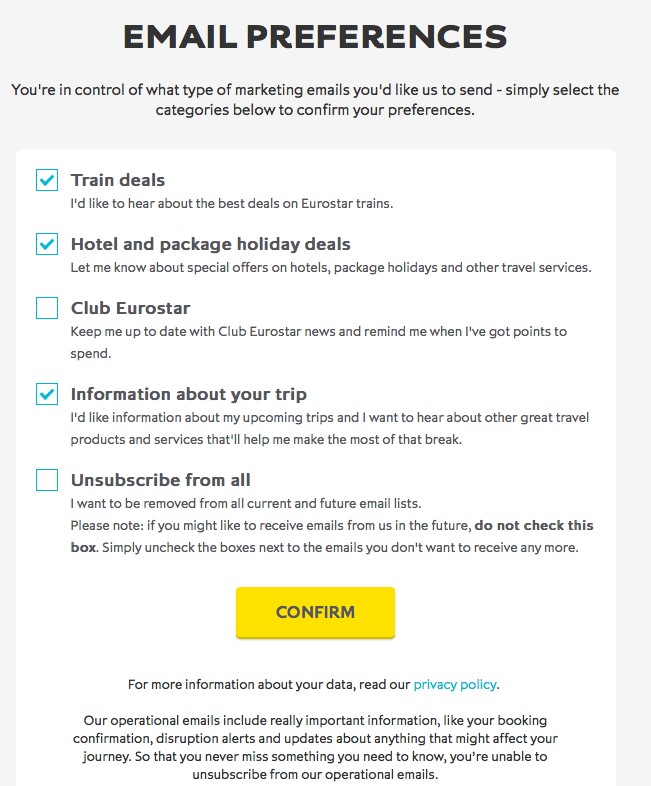There is incredible power in the email list. For marketers, the more extensive the email list, the more power they have. But here’s a thing. Having a good quality and comprehensive list is very beneficial for your brand, but if your list is not maintained long-term, your campaigns start losing their power.
As per HubSpot, your email database degrades by 22.5% annually.
While it can be frustrating to think about this, it’s essential to have strategies to overcome or slow down database decay. One of the most cost-effective strategies is to re-engage the ‘lost’ subscribers using email marketing.
In this article, we’ll discuss strategies to get your email list fired up again and generate more sales but before that, let’s understand the basics.
The Benefits of Re-engaging Your List
A re-engagement email is created to re-engage customers who have stopped engaging with your emails.
But why do email subscribers become disinterested in the first place? Below are some top reasons why the audiences become disengaged:
- They only subscribed for a one-time offer.
- Your subject lines did not deliver on the promise.
- You send too frequently
- The content is irrelevant.
- Your emails are not mobile-friendly.
Besides the people who unsubscribe, there are some people who stay subscribed and stop interacting with you. A re-engagement campaign can win them back.
Re-engaging Lost Email Subscribers Using Emails Has Many Benefits,
Including –
Boosts Your Reputation: If your emails are not being opened, it negatively impacts your reputation as a sender. Re-engagement emails level up your engagement, raising your deliverability rates and sender reputation.
Your Revenue Increases: Every email that goes unopened is a potential loss of revenue. Using re-engagement emails, you can use your former customers for revenue growth.
Cost-effective: Retaining an old customer is cheaper and more cost-effective than attracting new ones.
Make Your Subscribers Feel Valued: A re-engagement email campaign, if done well, helps your subscribers realize that your brand values them.
Re-engagement emails give you great returns on your investment. They are essential for the health of your email lists and your marketing campaigns.
With the foundation laid, let’s go ahead and look at how you can create one that works.
TIPS FOR RE-ENGAGEMENT
1. Ask People Directly
Subscribers like it when brands reach out to them and make efforts to understand their issues and what can be done to meet their needs. They appreciate this direct and sincere approach. This way, they have a way to communicate their grievances to you, and you can use their feedback to improve your future communications with them.
These are some approaches that may help.
- Reach out to inactive subscribers personally.
- Request users who unsubscribe to provide a reason for leaving.
- Use frequent surveys and polls to measure user preferences.
- Use data to connect with them in a planned manner.
Consider how the below example has done it.
Source: Thread
2. Segment For More Effective Re-engagement
Re-engaging lost subscribers may be entirely different than what it was when they first subscribed. These people:
- Have lost interest in your brand;
- Don’t open emails
- Don’t click on CTAs;
- Don’t make a purchase;
- Haven’t completed previous actions;
They all lost interest because of different reasons, so you can’t win them all back with a single re-engagement email campaign. That’s why you need to segment customers and target them using different re-engagement campaigns.
Once this is done, you can determine the best ways to re-engage these lost and inactive subscribers. The methods described in the first point can be used for this purpose.
3. Give Inactive Subscribers a Reason To Return
The very purpose of re-engagement emails is to give your recipients a reason to engage with your brand again. Treat your campaign as a last chance to remind your audience why they should stick with you. Below are some ways to communicate the value to your audience.
Polls And Surveys – Customers appreciate it when their voices are heard. Polls and surveys give you a chance to let them know that you genuinely care about their experience and needs. Some incentive, like a promo code for answering the questions, is a great way to entice subscribers and get them involved.
Coupons And Promo Codes – Offering your inactive subscribers a unique promotional code or coupon is a great way to re-engage customers without the need for a big budget.
Product Recommendations – You can recommend products to your inactive customers based on their previous purchases.
Online Competitions – Using giveaways, lucky draws, wheel of fortune, and other forms of contests and inviting them to rejoin your community is an excellent way to win them back.
Gamify – Gamification takes gaming elements, such as – badges, offering challenges, creating leaderboards, etc., and inspires competition in customers, encourages them to earn more points and rewards, offers them an escape, and increases user engagement.
Grammarly offers a ‘Wrinkle in Time’ badge to encourage readers to come back and begin using the product again.
Source: Grammarly
4. Ungate Your Content
If you notice subscribers pulling away, consider reaching out to them with previously gated content. It is not just an effective strategy to re-engage with your lost subscribers but will also allow you to draw maximum benefits out of the content you worked hardest to produce.
5. Leverage FOMO
The Fear Of Missing Out tactic works very well if used correctly. Your content should be structured in a way that your subscribers get an idea of what they don’t get to experience if they leave. In the below example, Dropbox is reminding customers of 21 reasons to give Dropbox Paper another try.
Source: Dropbox
6. Appeal To Their Emotions
With these emails, your end goal is to appeal directly to your lost subscribers through their emotions.
Your re-engagement email can focus on happiness and talk about all the nice things you and your subscriber have shared, or you can use nostalgia to melt your subscribers’ hearts. By using emotional emails, subscribers become more susceptive to the marketing efforts.
Consider the below example, where 9clouds have included a sad dog into their win-back email. Now, who could ignore that cute little doggo?
Source: 9Cloud
7. Ask Your Subs To Be In Control
Giving your subscribers a visible option to unsubscribe is a great re-engagement strategy. It lets your subscribers feel like they are in control when it comes to their actions. Besides, according to the GDPR laws, it’s also totally illegal not to have the unsubscribe button.
To make things even better for your customers, you can offer more unsubscribe options in your emails. Perhaps, they don’t want to unsubscribe just yet, but instead, they like to receive emails less frequently.
A great example of this technique is demonstrated by Eurostar, in which customers can select which emails they do and don’t want or unsubscribe.
Source: Email Preferences
Trim The Dead Ends
If you have tried everything in your capacity, but nothing seems to be working on your disengaged subscribers, it’s always good to bid them goodbye. Identifying your inactive subscribers, finding ways to re-engage them, and ultimately removing those who don’t respond is an essential part of your email list hygiene.
Wrap Up
Naturally, your list will lose a bit of vitality after a while. While it’s a setback for marketers, what matters is what you do about it. As a savvy marketer, you must use the above strategies to re-engage your lost subscribers and use disengagement as an opportunity to reevaluate your email strategy and make it even more effective.


